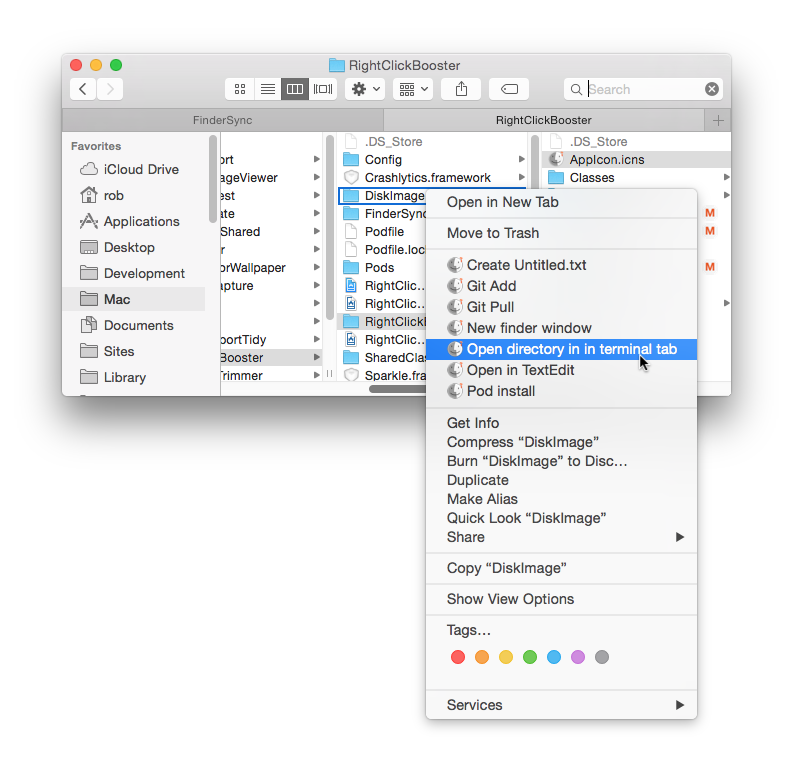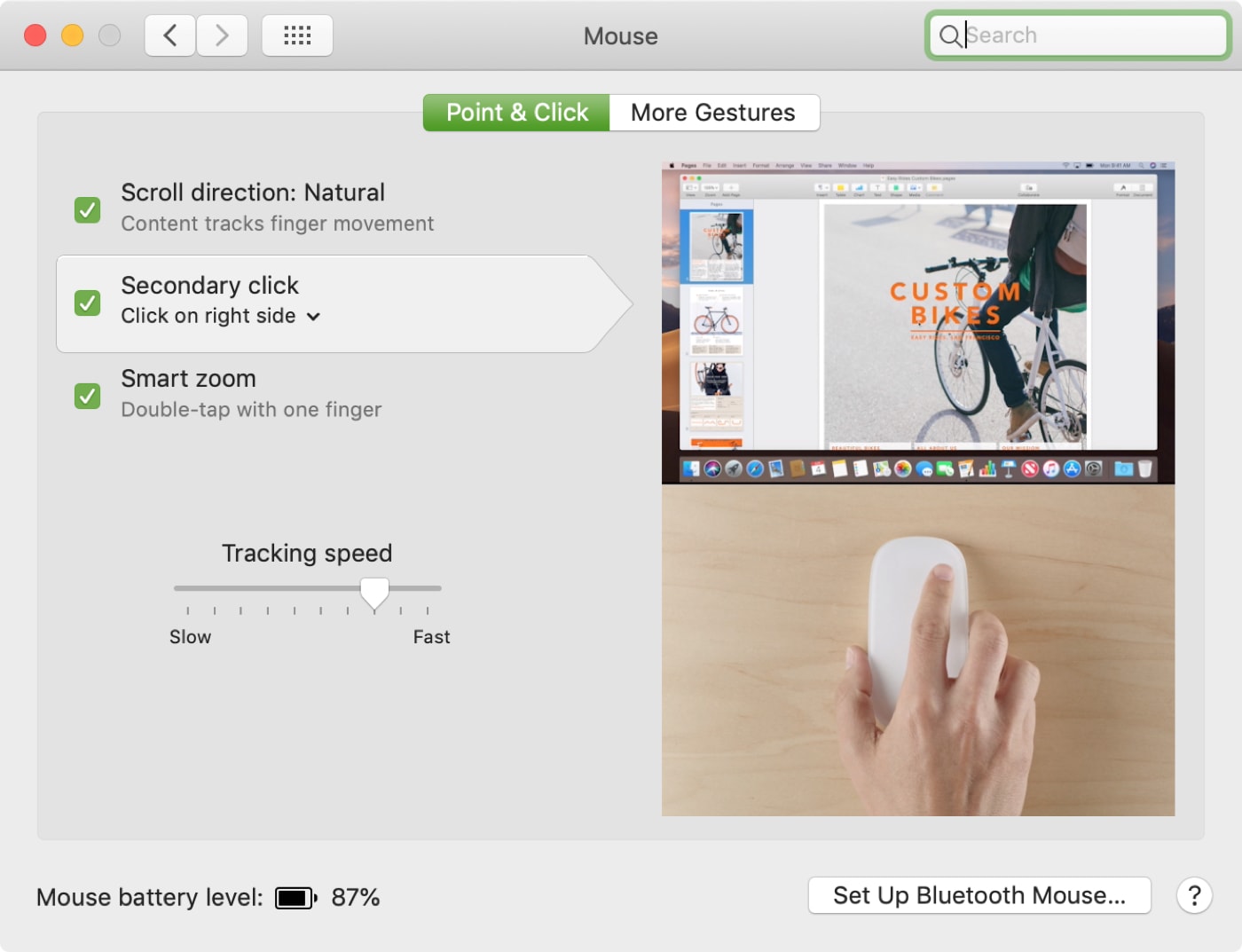
You can go directly to an element at any time by holding down Ctrl and typing the letter combo it is labeled with.Įven graphical icons usually have some accessibility text by which they can be selected. Not elegant, but faster than reaching over to the mouse.Įvery selectable element gets labeled with a letter or letters. To quickly maximize a Chrome window, I can type cmd+shift+p. There may be others, but those are the ones I have discovered. in the box to highlight all clickable areas, or narrow to. I added this page to my bookmarks bar, so I can activate it without having to use the mouse. To enable shortcat to work within pages in Chrome, go to chrome://accessibility and turn on Global accessibility mode at the top of the page (as of Chrome 33). It sounds complex, but it all takes a fraction of a second with a little practice. Type spell to select Spelling and Grammar from the context menu, then Space to drill in, and finally Space again to select.Now we're done with shortcat, but to finish it off: highlights everything - my text area of interest happens to be labeled 'AP'. So to right click a text area in a browser (okay, in Chrome) and run spell check might look like this: By default, you activate shortcat by using cmd+shift+space. The same keyboard shortcuts that work when clicking work with enter, so to right click, just hit Ctrl+enter. You type the clickable text of what you want to select, tab if necessary to the correct element, then hit enter to click. It allows you to use the keyboard to move the mouse cursor to clickable parts of the screen.
#Right click for mac free
I have solved this problem using the free app (edit: it's free now, but looks like it will have to be purchased after the beta) Shortcat. use Return to activate the default button: Correct.use Up and Down to select replacements, and.with the replacement textbox focused, you can.use Tab to move to the various controls, and.Once focus is on the Spelling floating window, you can.



There are standard shortcuts for the built-in spell checking. Activate “Mouse Keys” (in System Preferences, search for “mouse keys”, turn it on).If using a MacBook trackpad, the gesture you set (by default, pressing two fingers) will perform a right click. On the Apple Magic Mouse or Mighty Mouse, you typically just have to click the appropriate side of the mouse - it may be one physical button, but the device can tell which side you’ve pressed. Once you’ve enabled a right click, performing the action is simple. By default, it involves pressing two fingers on the trackpad. If you use a trackpad, choose the gesture you want to perform for a right click.Click that and choose Click on Left Side if you prefer to switch where the click takes place. If you use a mouse, Click on Right Side is selected underneath by default.In the Point & Click tab, make sure Secondary Click is checked.Open System Preferences and click either Mouse or Trackpad depending on the device you use.
#Right click for mac how to
Here’s how to turn on right click on a Mac with either a compatible mouse or trackpad, and even customize it for left-handed use. To start, you’ll need to make sure right-clicking is enabled.


 0 kommentar(er)
0 kommentar(er)
